| | | | | | | Presented By General Motors | | | | Axios What's Next | | By Alex Fitzpatrick, Jennifer A. Kingson and Joann Muller · Sep 23, 2022 | | What happened to the artists who hitched their wagons to the NFT star now that crypto's bull run is over? Alex found out for today's story. - Editor's note: We misspoke yesterday when we said Jennifer was at Toy Fair. She was at an event hosted by Toy Insider, a group that reviews toys and makes recommendations for parents.
Today's newsletter is 1,015 words ... 4 minutes. | | | | | | 1 big thing: NFT artists get creative amid crypto downturn | 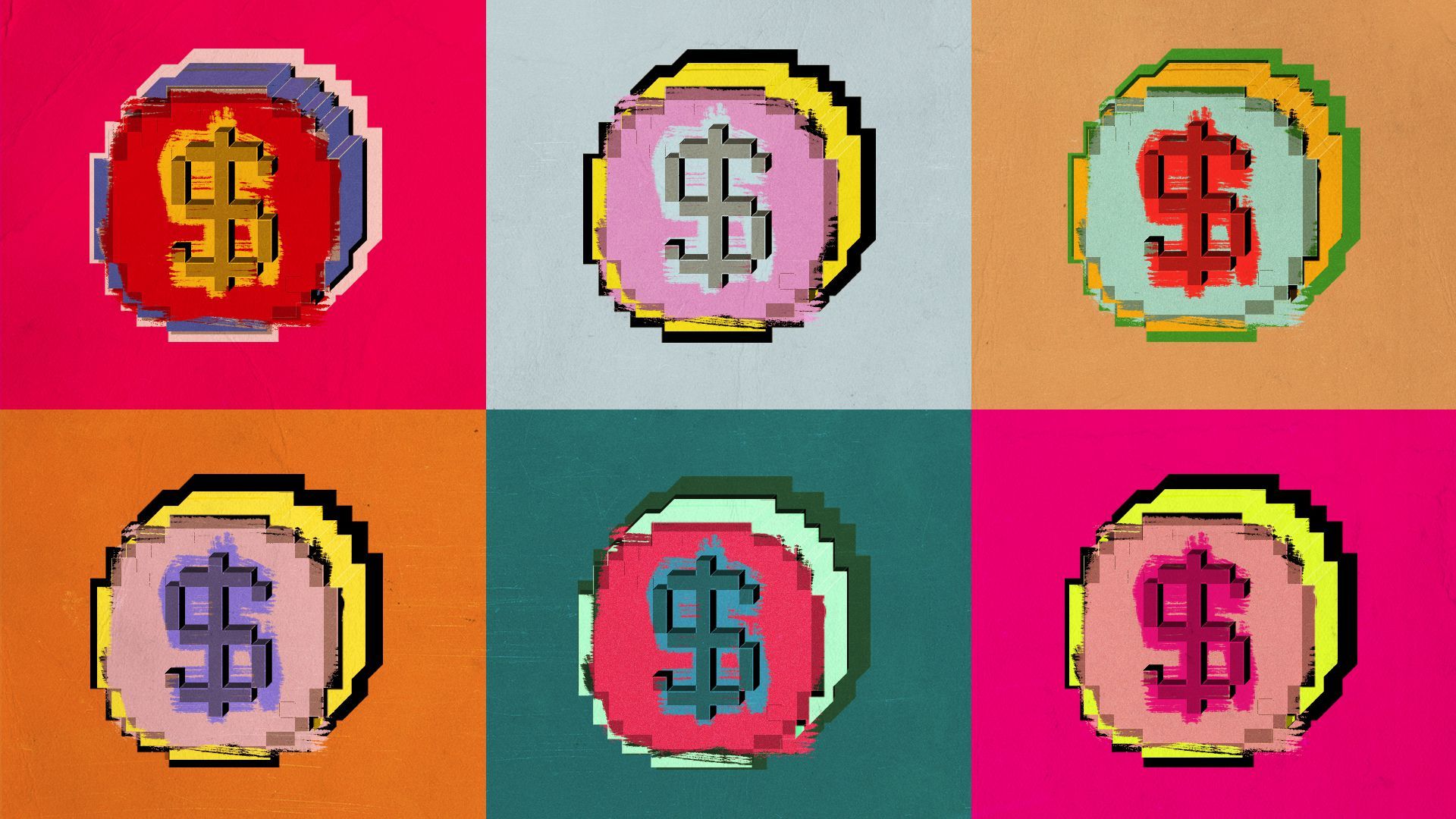 | | | Illustration: Shoshana Gordon/Axios | | | | NFT artists who can no longer count on a frothy crypto market to buoy sales aren't giving up, but they're having to lower their financial expectations and get more creative, Alex Fitzpatrick reports. Why it matters: Artists have struggled to pay the bills since time eternal, and when NFT mania struck last year, many hoped the tech would provide a lasting solution. Catch up quick: NFTs are digital records of ownership existing on a blockchain — commonly, the Ethereum blockchain. Artists can "mint" their work as an NFT, then sell the digital ownership rights. State of play: The value of most NFTs is closely tied to the overall crypto market, which has been in full retreat this year. - A single ether coin, for example, is now worth about $1,300, down from a peak of nearly $5,000 in November 2021.
- The number of daily transactions on OpenSea, one popular NFT platform, is down to around 60,000, compared to a high of nearly 225,000 this past April.
Yes, but: Even though the hype has dwindled, there's still an active community of people buying and selling all sorts of NFTs, says Lynnette Blanche, co-founder of Desire Path, a digital community for NFT-curious photographers. - "There's still a lot of activity that's happening with smaller artists and communities that, if anything, I feel like is consistent with the amount of selling and creating that was happening at the beginning," Blanche told Axios.
For Noah Kalina, a photographer in New York's Catskills who was relatively early to the NFT world, the phenomenon has shifted from something that could pay the bills to another revenue stream alongside his other work. - "In many ways, the NFT market has just become part of life, like anything else," Kalina told Axios.
Commercial and fine art photographer Pete Halvorsen has been using the bear market to prepare for what many in the NFT world hope will be an eventual rebound. - "I've used this opportunity to start to become more multi-discipline with taking my images, and now I'm working on how else I can present the images — whether it's utilizing some [generative art] aspects to display them to even incorporating some AI into my images," he says, referencing increasingly popular artificial intelligence-based art-making tools .
The big picture: All of those in the NFT world who spoke to Axios for this story agreed that despite the financial pains, the community was better off now that those who were only in it for a quick cash grab have departed. What's next: Artists in the NFT space are holding out hope that the glory days will return. But many are realistic about that possibility while celebrating the still-lively community. - "There was always, in the back of my head, 'Well, I'm going to flip these and make some money,' and 'This is going to be something — I can quit my job eventually," says San Francisco Chronicle photojournalist Scott Strazzante of his NFT collection. "Those dreams are definitely over by now."
- "But the NFT space in general is just as fantastic," he adds. "There's still a community of people who get together on Twitter Spaces and talk about photography, and I see the work of so many photographers I never knew existed."
Share this story. |     | | | | | | 2. Why EVs are getting so expensive |  Source: Benchmark Mineral Intelligence; Chart: Madison Dong/Axios Visuals A spike in prices for raw lithium — a key material used in batteries — is fueling a rise in EV costs, Axios' Nathan Bomey reports, dampening their appeal to consumers already dealing with inflation elsewhere. - The global weighted average price of lithium carbonate was $59,928 per metric ton in August, up from $13,924 in August 2021 and $6,128 in August 2020, according to Benchmark Mineral Intelligence.
By the numbers: Average EV prices rose 15.6% in August, compared with a year earlier, to more than $66,000, according to Kelley Blue Book. - That's about $18,000 more than overall average new vehicle prices.
Share this story. |     | | | | | | 3. "Train Daddy" returns | 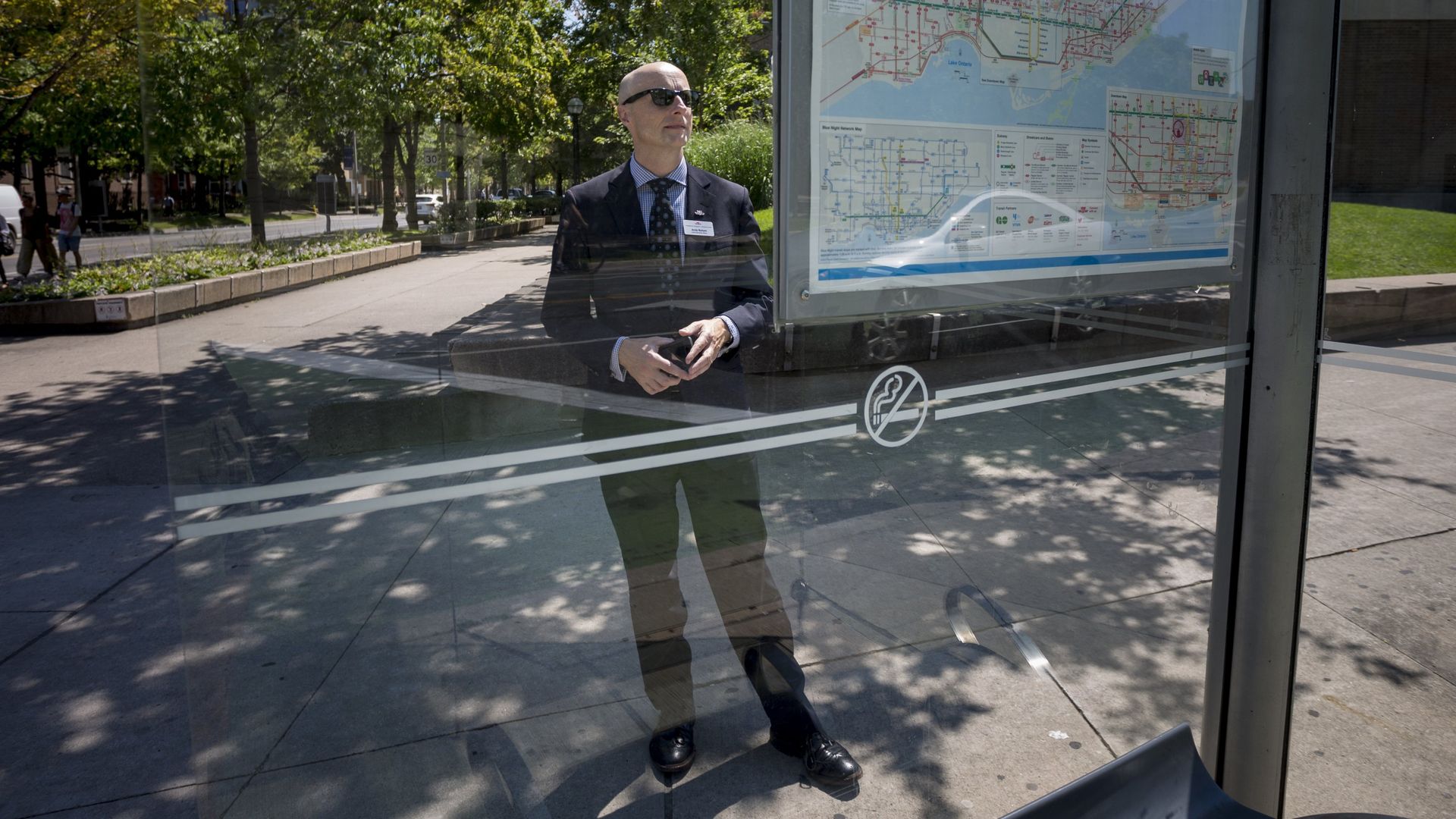 | | | Andy Byford, then-head of Toronto's public transit system, waits for a streetcar. Photo: Nakita Krucker/Toronto Star via Getty Images | | | | Andy Byford, affectionately known across the internet as "Train Daddy," is stepping down as head of London's public transit system and is returning stateside, the New York Times reports. - Byford rose to online fame when he ran New York City's public transit system from 2017-20.
Details: Byford is leaving London after achieving both of his main goals there, the Times notes: opening the $22 billion Elizabeth Line and getting London's transit system back on financial track after ridership dropped amid the COVID-19 pandemic. What they're saying: "I have been blessed to have had such an amazing transport and public service journey and now is the right time to bow out and resume life in the U.S. with my wife," Byford said in a statement. What's next: Byford's next step is unknown — but New York, which is still struggling with low ridership, could certainly use a hand. |     | | | | | | A message from General Motors | | Climate equity is key to reaching a zero-emissions future | | |  | | | | Equitable Climate Action is a key component of General Motors' sustainability strategy. The company-wide initiative aims to help create a sustainable, all-electric future that brings GM's current workforce, customers, and communities along. Find out more. | | | | | | 4. Tesla's window recall | 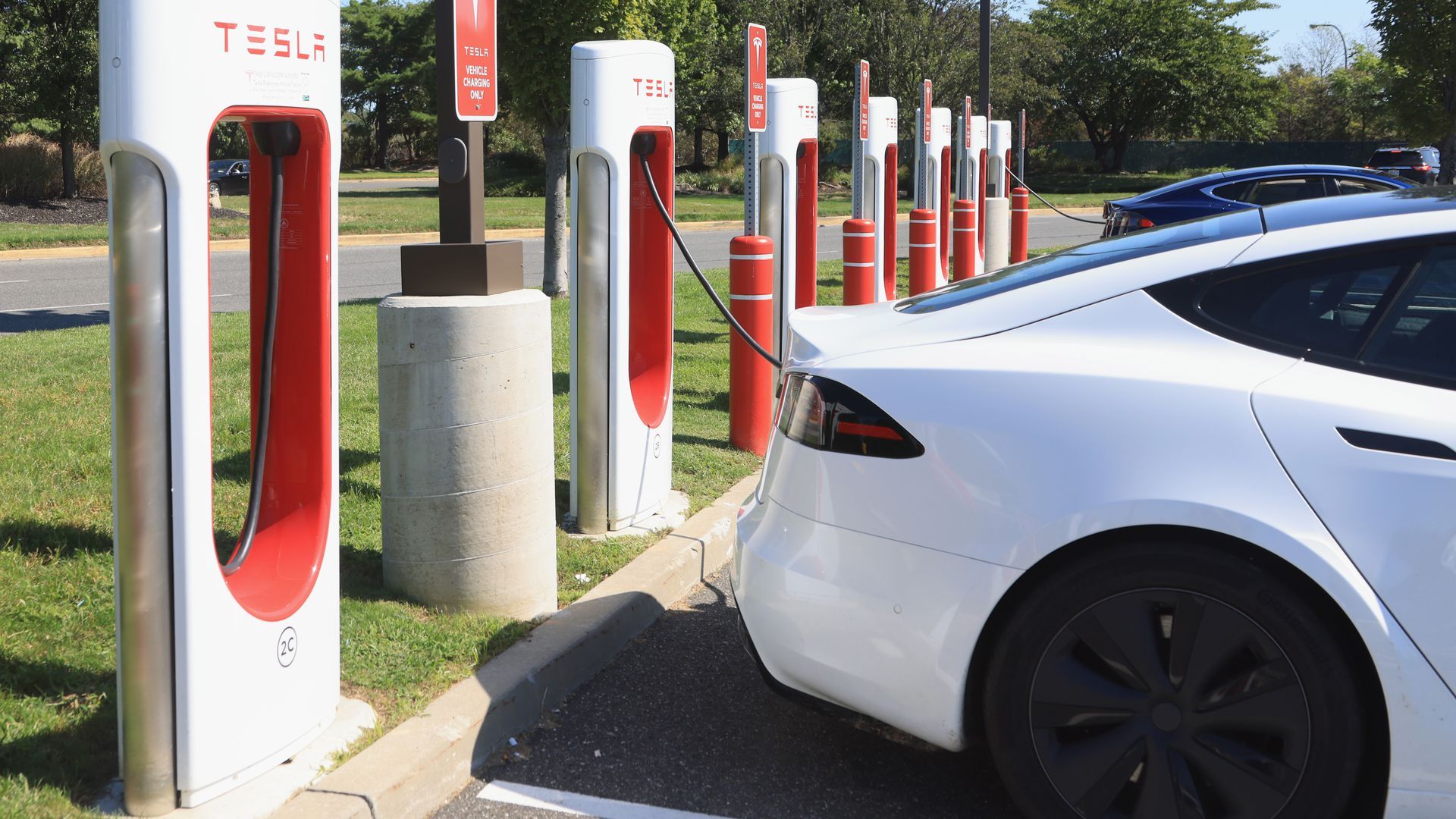 | | | A Tesla car charging station in Garden City, N.Y. Photo: Bruce Bennett/Getty Images | | | | Tesla is recalling more than 1 million cars in the U.S. over a faulty automatic window system that may not properly detect obstructions, Axios' Erin Doherty reports. Details: The recall covers some Model 3s manufactured between 2017 and 2022, Model Ys made between 2020 and 2021, and certain Model S and Model X vehicles built from 2021 to 2022. What's next: Affected owners are expected to be notified beginning Nov. 15. - Tesla said it would perform an over-the-air software update to fix the issue.
Share this story. |     | | | | | | 5. Saving the whales with AI | 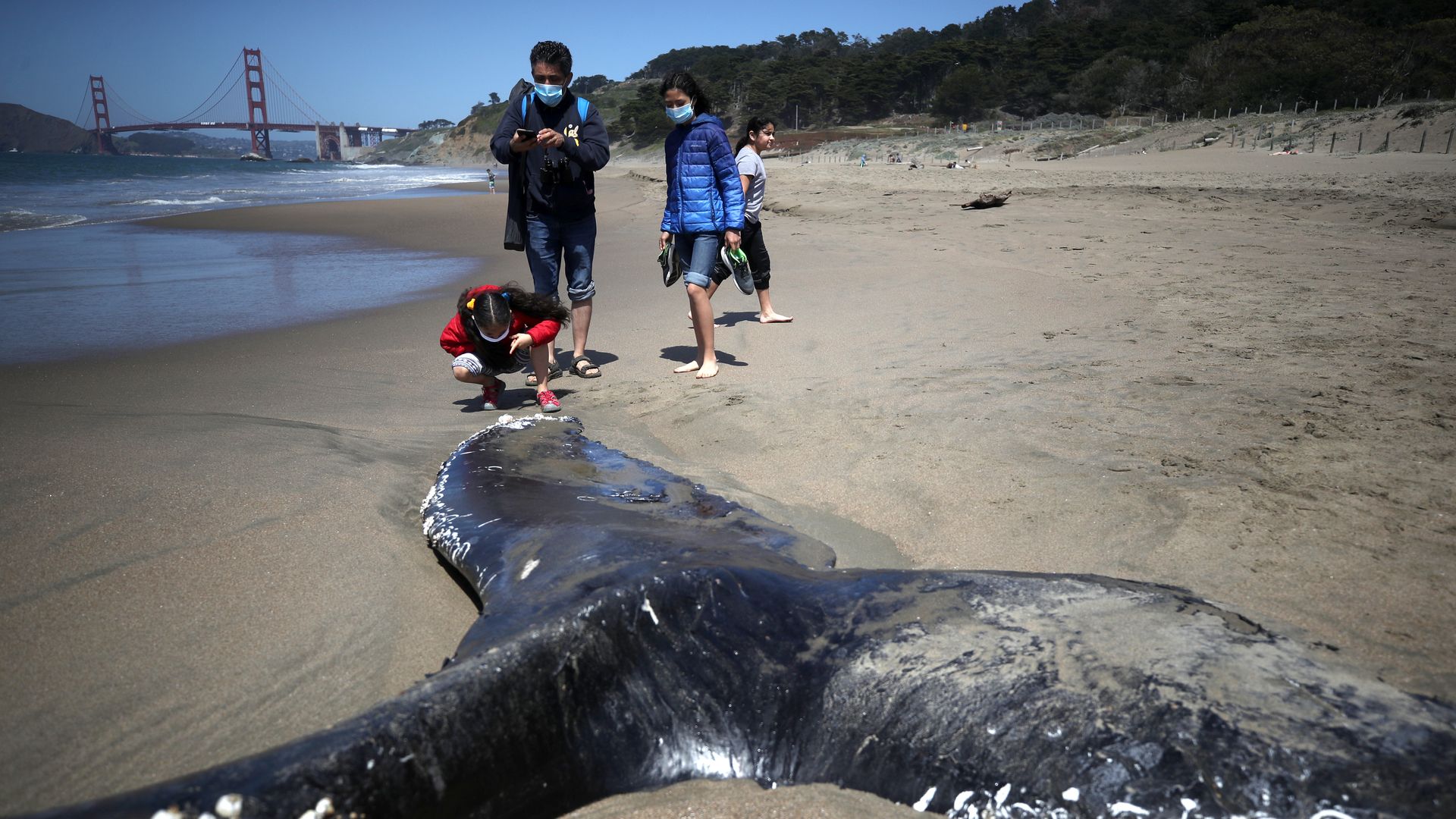 | | | A dead juvenile humpback whale on Baker Beach, San Francisco. Photo: Justin Sullivan/Getty Images | | | | An AI-based system meant to help ships avoid colliding with whales is coming to the San Francisco Bay area, Alex reports. Why it matters: At least 112 whales were killed or injured in ship collisions between 2016 and 2020, per the National Oceanic and Atmospheric Administration, and the actual numbers are likely higher. Details: The system, called Whale Safe, is being installed in San Francisco following a pilot program test in Southern California. - Whale Safe uses a combination of acoustic monitoring, data modeling and whale sightings to identify zones of high whale activity, which can then be shared with shipping companies and others on the sea.
- The tech is being deployed by The Marine Mammal Center and the Benioff Ocean Science Laboratory, and is funded by Salesforce co-founder and co-CEO Marc Benioff and his wife, Lynne.
|     | | | | | | A message from General Motors | | GM is driving towards an equitable and more sustainable future | | | 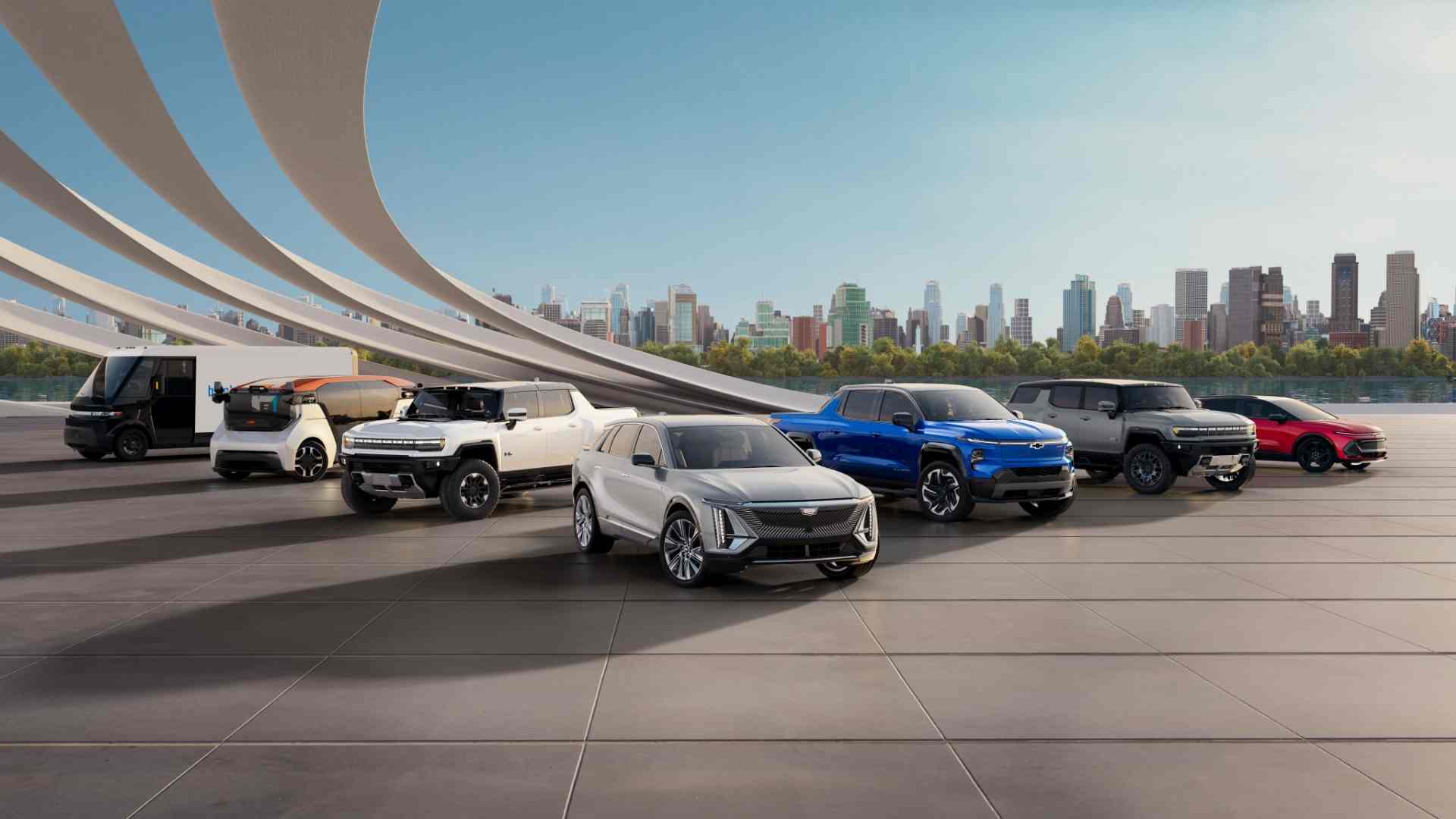 | | | | General Motors is developing a range of affordable EVs to help facilitate a seamless transition to a more sustainable, more equitable, all-electric future. Why now: Millions of EVs must hit the road every year to help reach a zero-emissions future. Explore GM's EV portfolio. | | | | A hearty thanks to What's Next copy editor Amy Stern. Was this email forwarded to you? Get your daily dose of What's Next by signing up here for our free newsletter. |  | | Are you a fan of this email format? It's called Smart Brevity®. Over 300 orgs use it — in a tool called Axios HQ — to drive productivity with clearer workplace communications. | | | | | | Axios thanks our partners for supporting our newsletters. If you're interested in advertising, learn more here.
Sponsorship has no influence on editorial content. Axios, 3100 Clarendon Blvd, Arlington VA 22201 | | | You received this email because you signed up for newsletters from Axios.
Change your preferences or unsubscribe here. | | | Was this email forwarded to you?
Sign up now to get Axios in your inbox. | | | | Follow Axios on social media:    | | | | | |










No comments:
Post a Comment